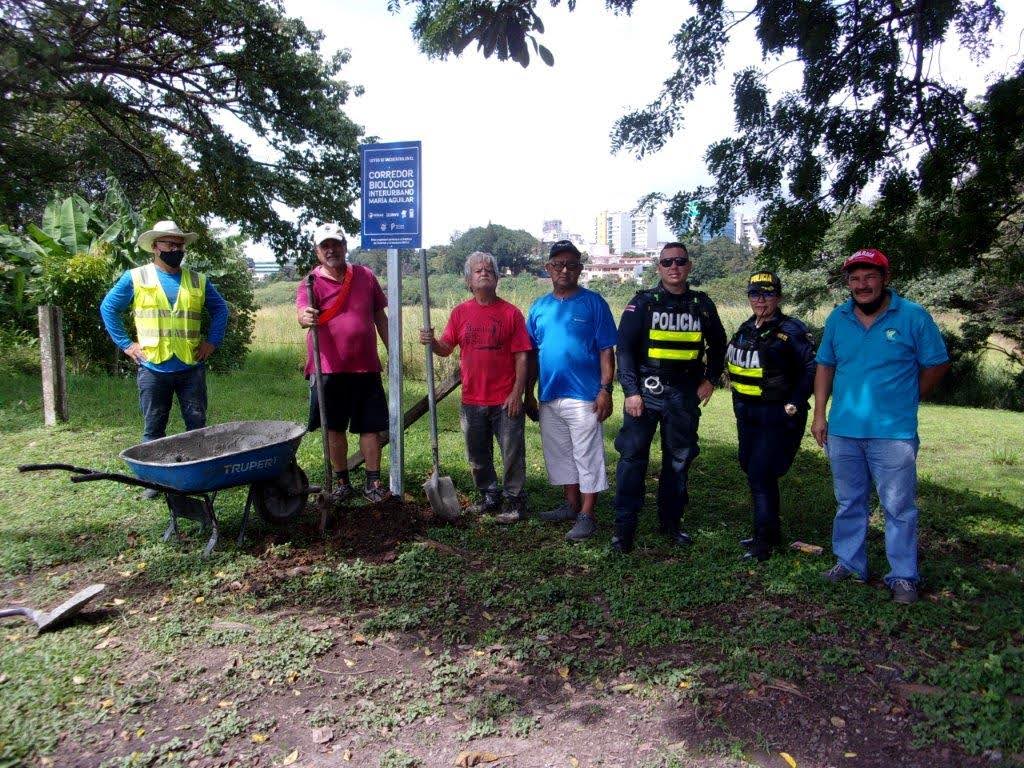4. Stakeholder Engagement (ShE) Workshops
Management of surface and groundwater resources is a serious concern to local communities. Efforts at the individual or household level are not sufficient to plan and manage water. Hence it is essential that the diverse groups associated with a particular water resource come together to understand, plan and manage the resource judiciously, equitably and sustainably.
Watershed development, for example, through the Village Watershed/ Development Committee supported by the local governing body, brings all inhabitants of the entire village(s) together to regenerate their degraded watershed to enhance soil and water harvesting potential.
Two types of ShE events are:
1) Engaging the primary and secondary stakeholders at cluster level: these involve participation of direct water users and the neighbouring (upstream and downstream) communities to understand the scientific knowledge shared and active engagement in exercises.
2) Engaging representatives of the primary, secondary and tertiary stakeholders at block or district levels: These are mainly the government officials, experts in water, agriculture and allied sectors, practitioners, academics and research institutes. At this level of stakeholder engagement, participants discuss the larger perspectives of policy, advocacy and legal dynamics of water resources.
Stakeholder Engagement workshops include group exercises, games and discussions. Open and healthy discussions are encouraged around common concerns. The scientific information regarding socio-economic, local biophysical and hydro-geological findings is shared by WOTR’s researchers to enable participants to make informed decisions. During the process, VWMTs and Water caretakers prepare water budgets followed by the water harvesting and water-saving plans. In all our workshops we promote women participation as a criterion for successful implementation.
With more information and knowledge received through ShEs, the local stakeholders make informed decisions; immediate actions and development at the village level have taken place. Several water budgeting plans were made and followed through, which improved water sufficiency, provided drinking water security, and reduced crop losses. Introduction of villagers to water-saving and harvesting techniques improved water availability and water-use efficiency through the changed behavior of farmers. The rules and regulations made at the village level enhanced the power and reliability of local institutions in water management by increasing unity among the village community. However, adoption to new pathways and bringing about behavioral change is a very slow process. Villagers have insecurities of losing their ‘private’ share of water because of water budgeting. It is thus still anticipated to take a longer time to establish local water institution and informed communities to accept WSI completely.
